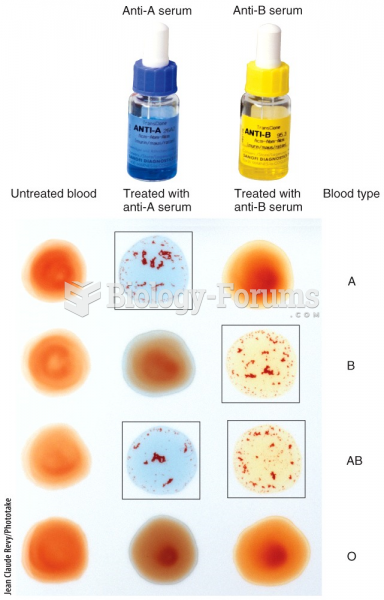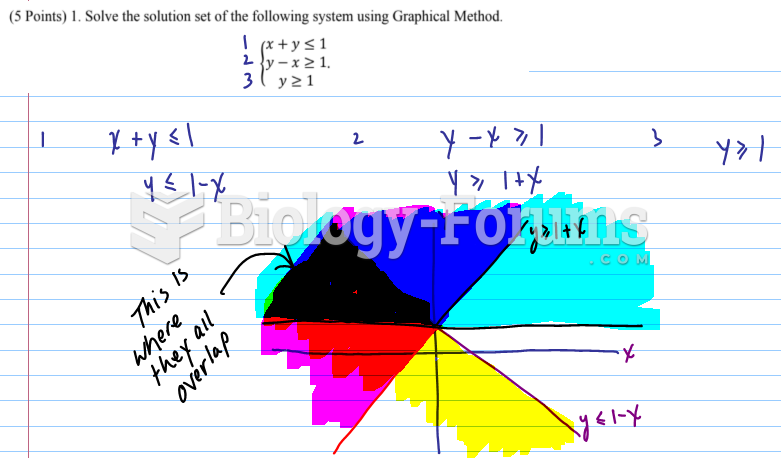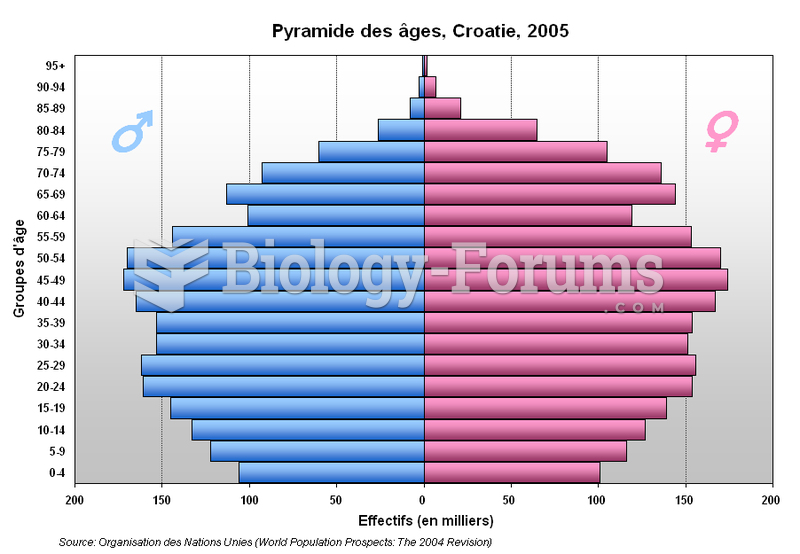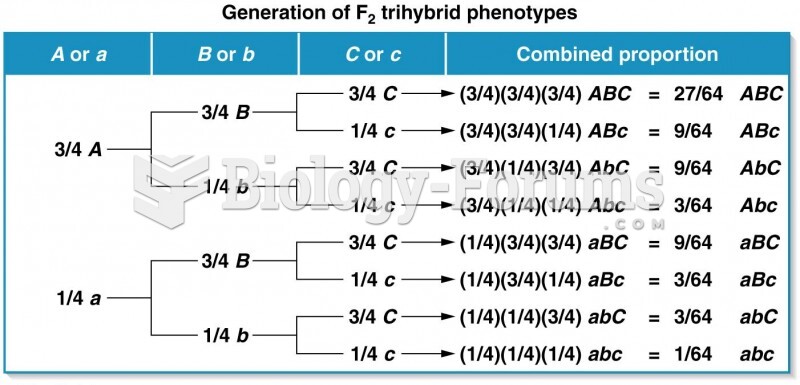|
|
|
Asthma cases in Americans are about 75% higher today than they were in 1980.
Cancer has been around as long as humankind, but only in the second half of the twentieth century did the number of cancer cases explode.
Of the estimated 2 million heroin users in the United States, 600,000–800,000 are considered hardcore addicts. Heroin addiction is considered to be one of the hardest addictions to recover from.
The liver is the only organ that has the ability to regenerate itself after certain types of damage. As much as 25% of the liver can be removed, and it will still regenerate back to its original shape and size. However, the liver cannot regenerate after severe damage caused by alcohol.
More than nineteen million Americans carry the factor V gene that causes blood clots, pulmonary embolism, and heart disease.







